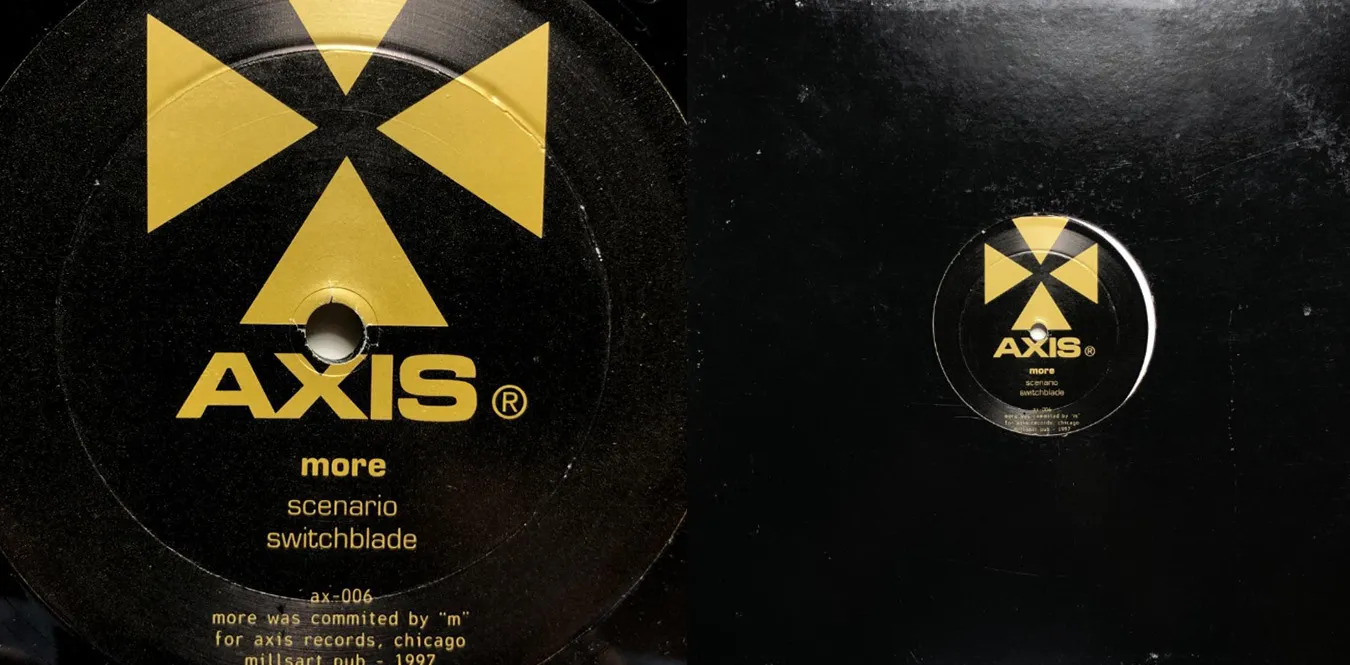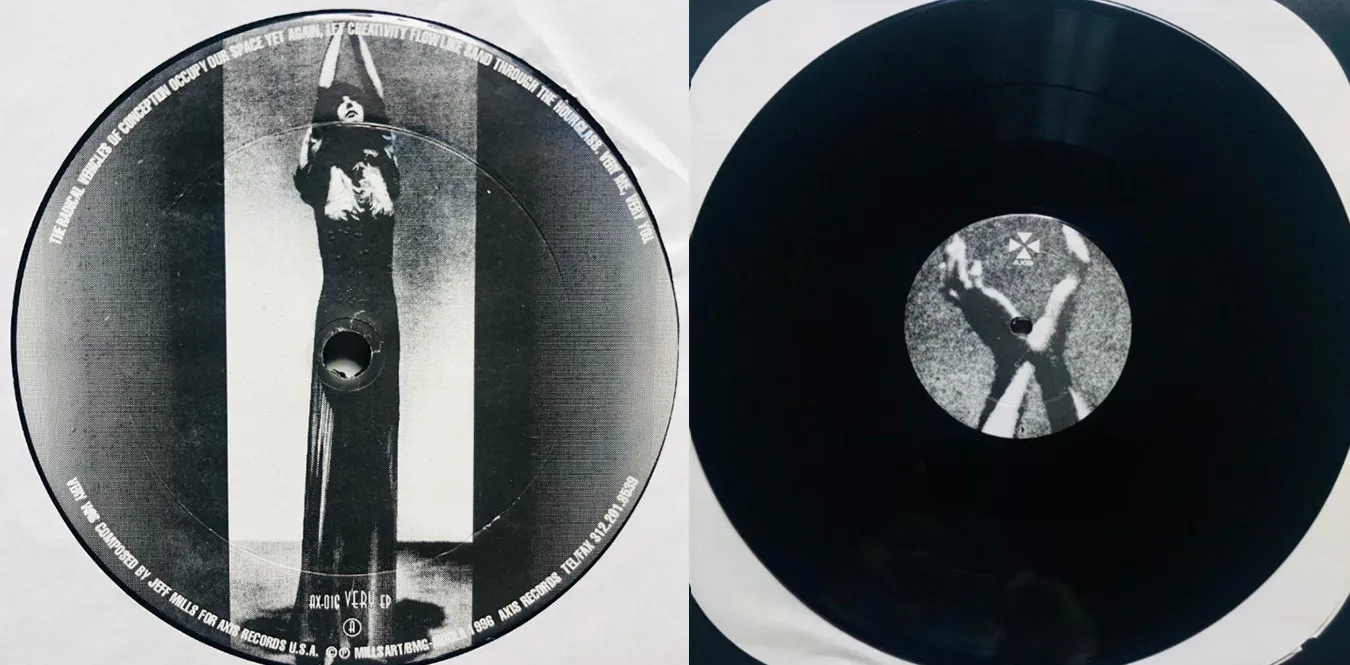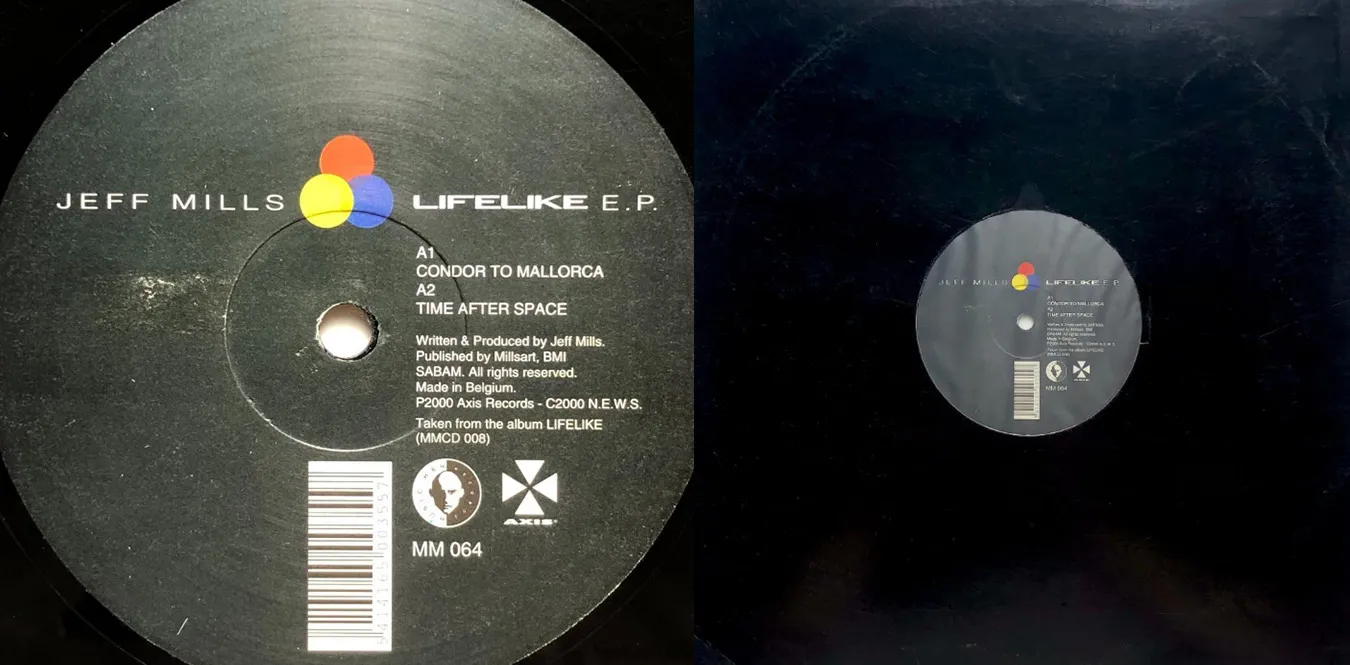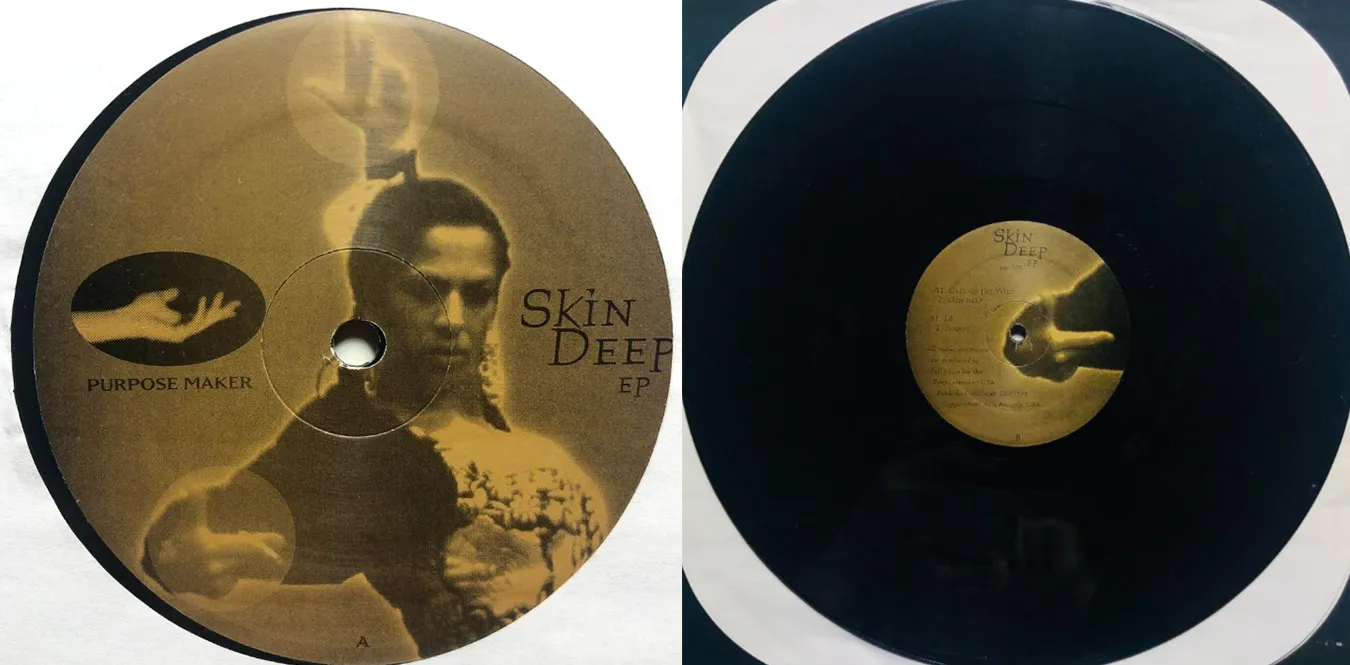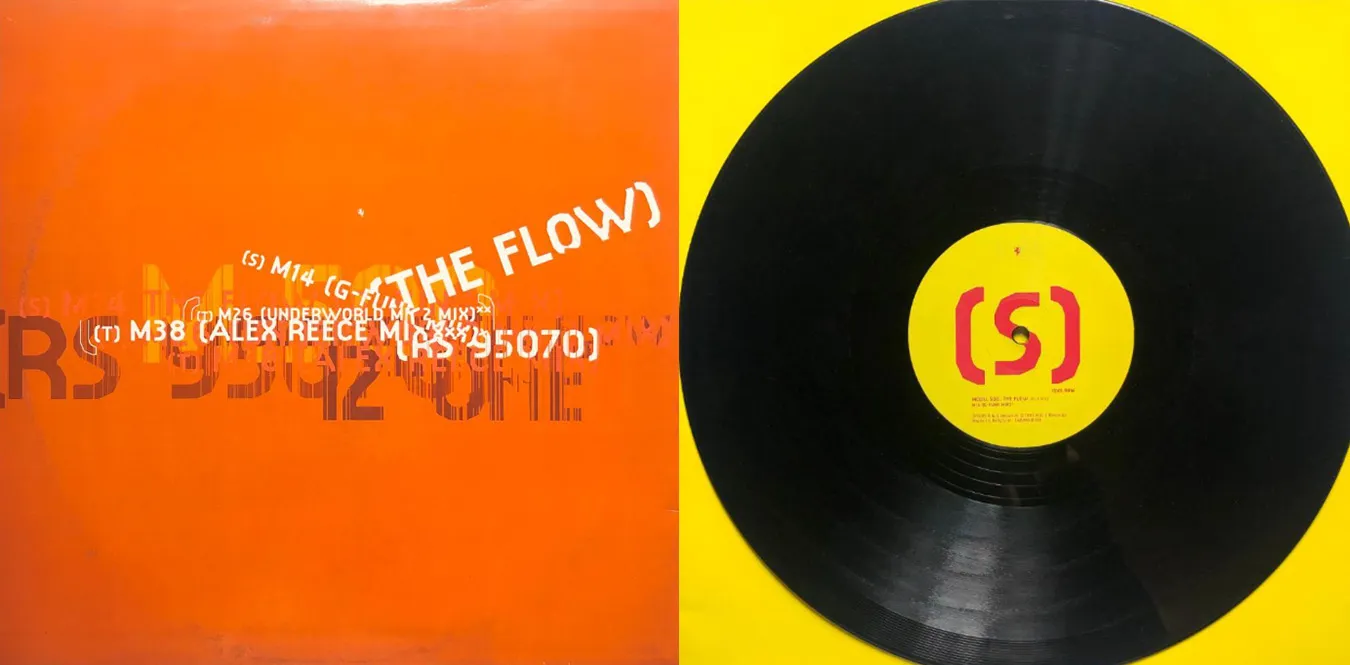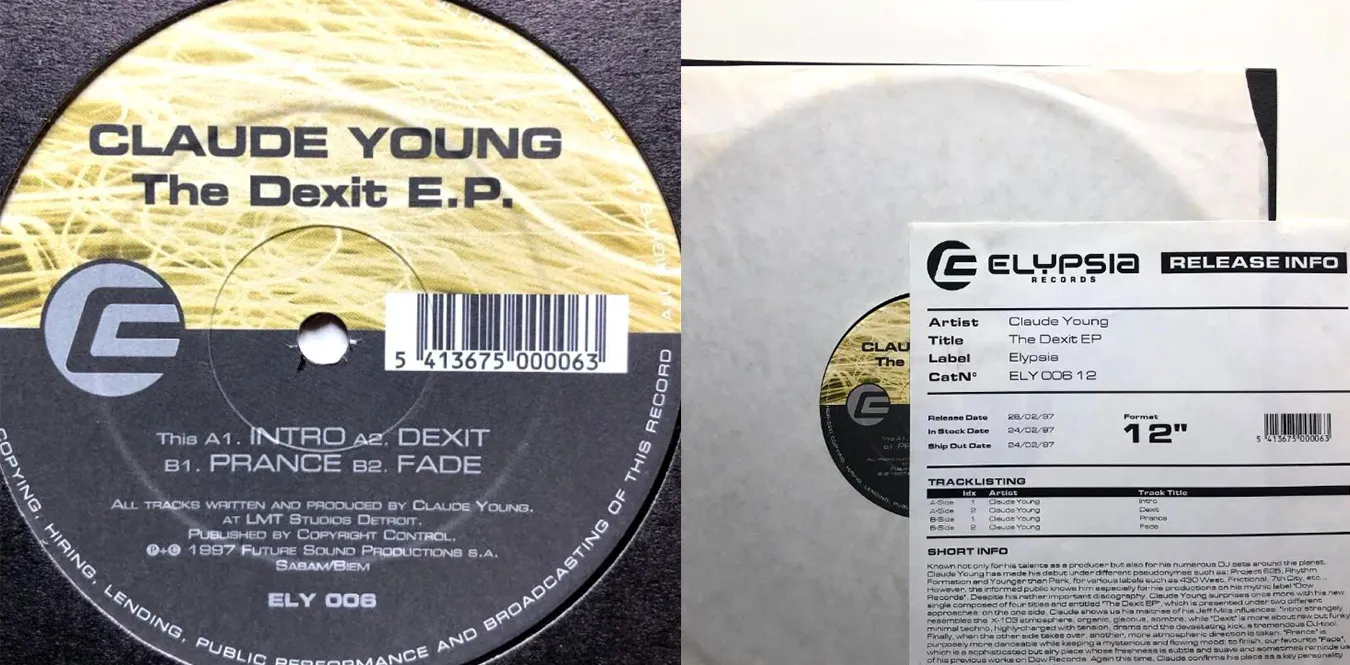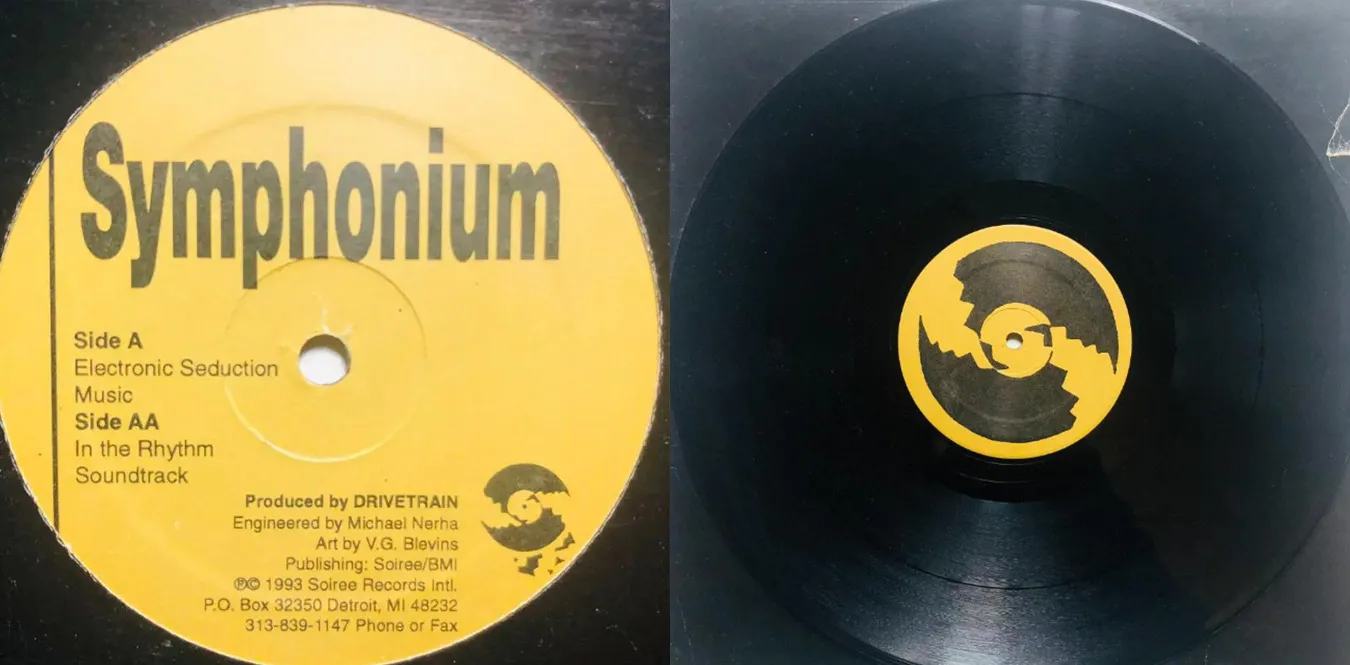[Column] Detroit Techno: Human dance born from the heartbeat of machines
Column en 90s Detroit Techno![[Column] Detroit Techno: Human dance born from the heartbeat of machines](/../assets/images/column-detroit-techno.webp)
“The sound of the future born from a devastated city”
| Text: mmr | Theme: Detroit Techno is a cultural product that combines urban history, technology, and Black American creativity. |
Detroit techno is ““electronic music with a human touch’’ that was born from the intersection of urban industrial sounds, black American dance culture, and European electronic music. In this column, we will comprehensively introduce the history of its origin, the characteristics of its sound, its main characters and representative songs, its social background, its spread around the world, and its influence to this day.
Origins and Definition — When and Who Called it “Techno”?
In the early 1980s in Detroit, electronic dance music that made full use of synths and rhythm machines grew.
Led by Juan Atkins, Derrick May, and Kevin Saunderson (not the so-called “Berlin trio” but the “Detroit trio”), they presented a sonic aesthetic that was different from the existing “electro” and “house,” and it became established as “techno.”
The release of the 1988 compilation “Techno! The New Dance Sound of Detroit” (https://amzn.to/4q9NMVF) played a decisive role in the spread of the genre name.
Cultural and social background — the shadow of the industrial city of Detroit
Detroit is a city known for its automobile industry. The sounds of factory machinery, stories of retreat and unemployment, and urban devastation and rebirth deeply influenced the texture and emotion of the music that grew there.
On the other hand, African American radio DJ culture (e.g. curators like Electrifying Mojo) and club culture mixed with European electronic music (especially Kraftwerk) to create a unique direction (the influence of Kraftwerk and others is often pointed out).
Sound characteristics — mechanical but warm
-
Built around drum machines (TR-808/909) and synths (Roland type, analog).
-
Layer melodic/textural synth work on simple repetitive rhythms.
-
Detroit style is colder and more mechanical than house, but has ““melody and emotion.’’
The line between DJ and producer was blurred, and the songs were refined through playing practice (mixing/reacting) in clubs.
Main characters and “representative songs”
Juan Atkins / Cybotron / Model 500
“Clear” (1983) under the name Cybotron is one of the important songs of early electro-techno, and is characterized by a mechanical groove and a sense of space with synths.
"”No UFOs’’ (1985) under the name Model 500 was released on the Metroplex label and is renowned as a techno classic.
Derrick May / Rhythim Is Rhythim
“Strings of Life” (1987) is an anthem that shook the club with its emotional piano phrase style synth and driving rhythm. It’s a song that is influential in both techno and house.
Kevin Saunderson / Inner City
Kevin developed a pop-oriented approach to club techno, and Inner City’s “Big Fun” and “Good Life” (1988) became worldwide hits and commercial success stories for Detroit music.
Jeff Mills / The Bells
One of Jeff Mills’ masterpieces, ““The Bells,’’ has sold over 500,000 copies worldwide, even though it was released as an analog record, and has become an iconic track in the history of techno.
Other (Scene Expansion)
Diverse generations followed, including Richie Hawtin (a second generation whose later work bridged Detroit and the international scene).
Role of important labels and releases
Local indie labels such as Metroplex (Juan Atkins) and Transmat (Derrick May, founded in the mid-1980s) gave creators direct freedom and became bases for exporting to the world. Singles from these labels grew in clubs and eventually became international through albums and compilations. *(We recommend checking the detailed establishment information and release year for each work.)
Worldwide transmission — to and from Berlin/Europe
Detroit techno combined with Berlin rave and club culture in the 1990s to create new expressions, and conversely, clubs from Europe (particularly Germany) invited Detroit artists, leading to mutual development. The 1988 compilation ““Techno!” became the catalyst that established the term ““techno” in the European market.
Impact — Beyond Music
Fashion: Workwear, utility, and minimal/functional aesthetics influence club wear.
Visual/Art: Artwork that uses industrial textures and contrasts between neon and steel is on the rise.
Technological perspective: The democratization of music production equipment (second-hand distribution of equipment, cheap synths) has supported the idea that “anyone can produce music.”
Modern Detroit Techno — Inheritance and Reinterpretation
Even into the 21st century, Detroit continues to be talked about as the “sacred place” for techno. While the artists of yesteryear continue to play in the field, a younger generation is remixing and reinterpreting the spirit of the classics, making it sound in new clubs and festivals. There is also a movement where music is linked to urban social issues and the context of recovery, and music is used as a means of community revitalization.
Highlights/Introductory list (must listen tracks)
The following are the “core” songs for understanding Detroit techno.
-
“Clear” — Cybotron — 1983
-
“Big Fun” “Good Life” — Inner City (Kevin Saunderson) — 1988
-
Compilation: “Techno! The New Dance Sound of Detroit” — 1988
Production technical notes
Typical equipment: Roland TR-808/909 (rhythm), SH-101, Juno series, sequencer (hard/soft).
Construction method: Add “movement” to the repeating beats by changing filters and effects, and design spaces. It’s common to use EQ to keep the lows thick and the highs clear.
Mastering: Since it is intended for club playback, be careful of low-end dropout and phase. Take advantage of the characteristics of both analog and digital.
From Detroit to the World - The Eternal Poetry of Electronics
Detroit techno is more than just dance music; it”s a cultural product that combines the city”s history, technology, and Black American creativity. Rather, the repetition of mechanical rhythms evokes human emotions and community - this is Detroit’s “warm mechanical sound.” By listening to famous songs from the past and experiencing the spirit at the venue (DJ set or festival), you will be able to appreciate the depth of this music even more.
Related columns
🔗 [Column] Tresor - The sacred place of techno that changed the world from underground in Berlin


